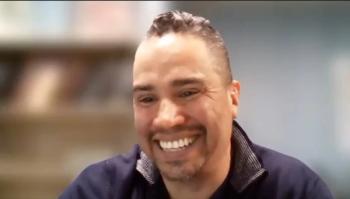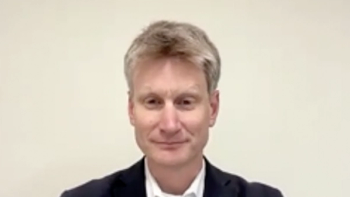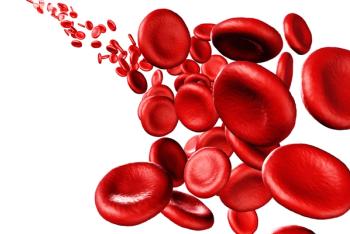
- ONCOLOGY Vol 10 No 12
- Volume 10
- Issue 12
National Cancer Policy Board to be Establish
A new 20-member National Cancer Policy Board (NCPB) is being set up within the National Academy of Sciences. Just as we went to press, it was announced that Peter Howley, chairman of pathology at Harvard, had been named chairman and Joseph Simone of the Huntsman Cancer Institute in Utah had been named vice-chairman. Bob Cook-Deegan, the executive director of the NCPB, said that other members will be appointed soon and the first meeting is scheduled for mid-February. Joe Harford, associate director of special projects at the National Cancer Institute, says the new Board hopes to provide a common meeting ground for all interested in furthering cancer research and treatment, including governmental bodies-- federal, state, and local--and private organizations. The Board is not meant to replace but rather supplement other advisory groups already in existence. Its function will be to make recommendations on various aspects of cancer policy. These might be issues such as how managed care affects payment for patients in cancer clinical trials, or the advisability of restrictions on tobacco advertising. The Board may also lend its recommendations to various groups as to how research monies might best be spent. Richard Klausner, Director of the National Cancer Institute, has been an enthusiastic advocate for the new Board, according to Harford. Of course, there already is a three-member President's Cancer Panel. But its members are presidential appointees, and the executive secretary is a member of Klausner's office. The NCI will not have a representative on the NCPB, Harford says. Susan Polan, director of government relations for the American Cancer Society, says the ACS "supports the idea of coordination of all agencies involved in the fight against cancer."
A new 20-member National Cancer Policy Board (NCPB) is being setup within the National Academy of Sciences. Just as we went topress, it was announced that Peter Howley, chairman of pathologyat Harvard, had been named chairman and Joseph Simone of the HuntsmanCancer Institute in Utah had been named vice-chairman. Bob Cook-Deegan,the executive director of the NCPB, said that other members willbe appointed soon and the first meeting is scheduled for mid-February.Joe Harford, associate director of special projects at the NationalCancer Institute, says the new Board hopes to provide a commonmeeting ground for all interested in furthering cancer researchand treatment, including governmental bodies-- federal, state,and local--and private organizations. The Board is not meant toreplace but rather supplement other advisory groups already inexistence. Its function will be to make recommendations on variousaspects of cancer policy. These might be issues such as how managedcare affects payment for patients in cancer clinical trials, orthe advisability of restrictions on tobacco advertising. The Boardmay also lend its recommendations to various groups as to howresearch monies might best be spent. Richard Klausner, Directorof the National Cancer Institute, has been an enthusiastic advocatefor the new Board, according to Harford. Of course, there alreadyis a three-member President's Cancer Panel. But its members arepresidential appointees, and the executive secretary is a memberof Klausner's office. The NCI will not have a representative onthe NCPB, Harford says. Susan Polan, director of government relationsfor the American Cancer Society, says the ACS "supports theidea of coordination of all agencies involved in the fight againstcancer."
Articles in this issue
almost 29 years ago
One in Three Newly Diagnosed Cancer Patients Now Receives Radiation Therapyalmost 29 years ago
Study Links Sex Hormones to Childhood Canceralmost 29 years ago
Scientists Confirm Natural Resistance to HIV-1almost 29 years ago
Breast Cancer Incidence and Mortality--United States, 1992almost 29 years ago
Chemotherapy Plus Radiation Improves Prognosis of Nasopharyngeal Carcinomaalmost 29 years ago
New Study Proves Benefits of Antiseptic-Impregnated CathetersNewsletter
Stay up to date on recent advances in the multidisciplinary approach to cancer.


















































































